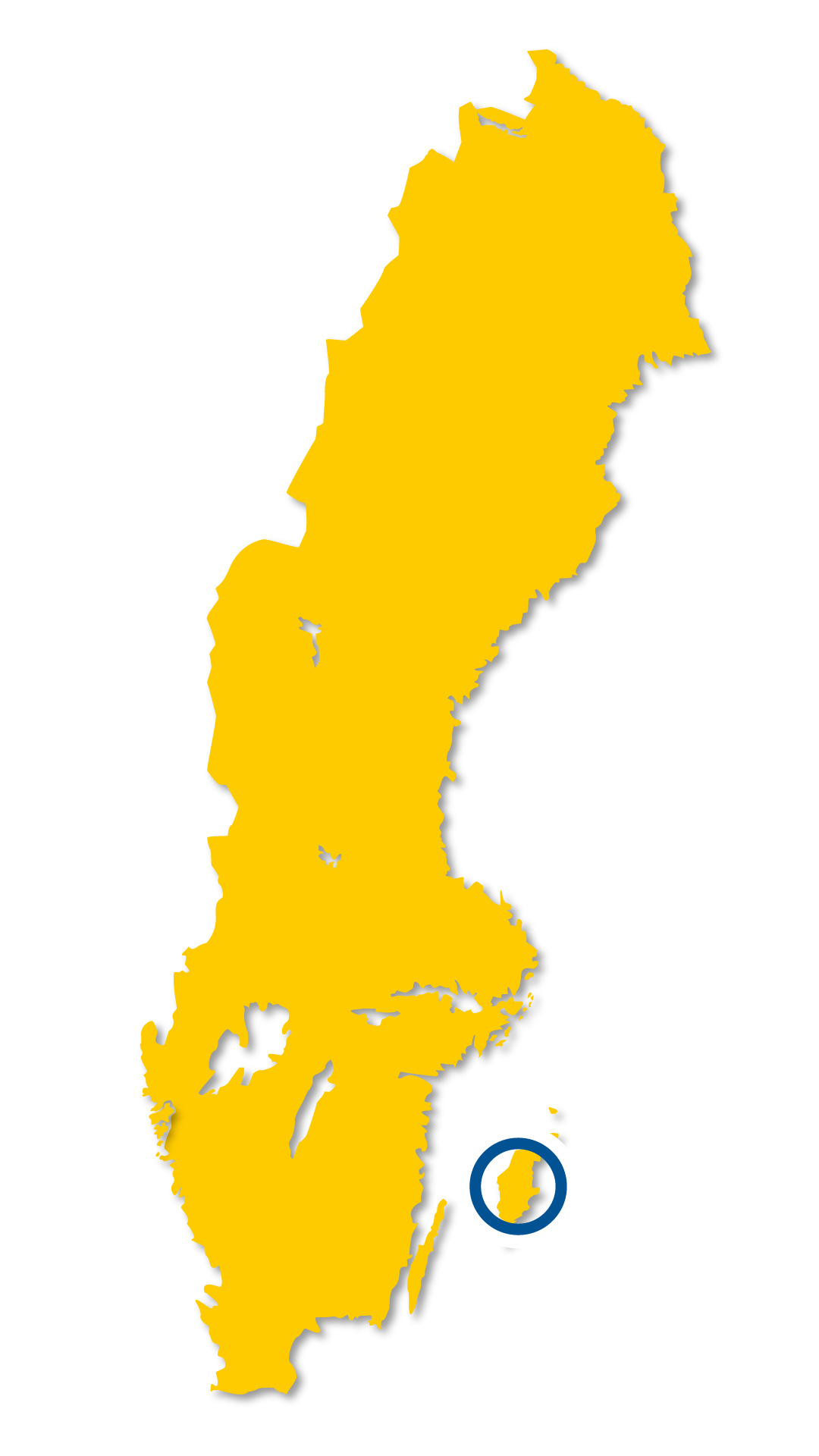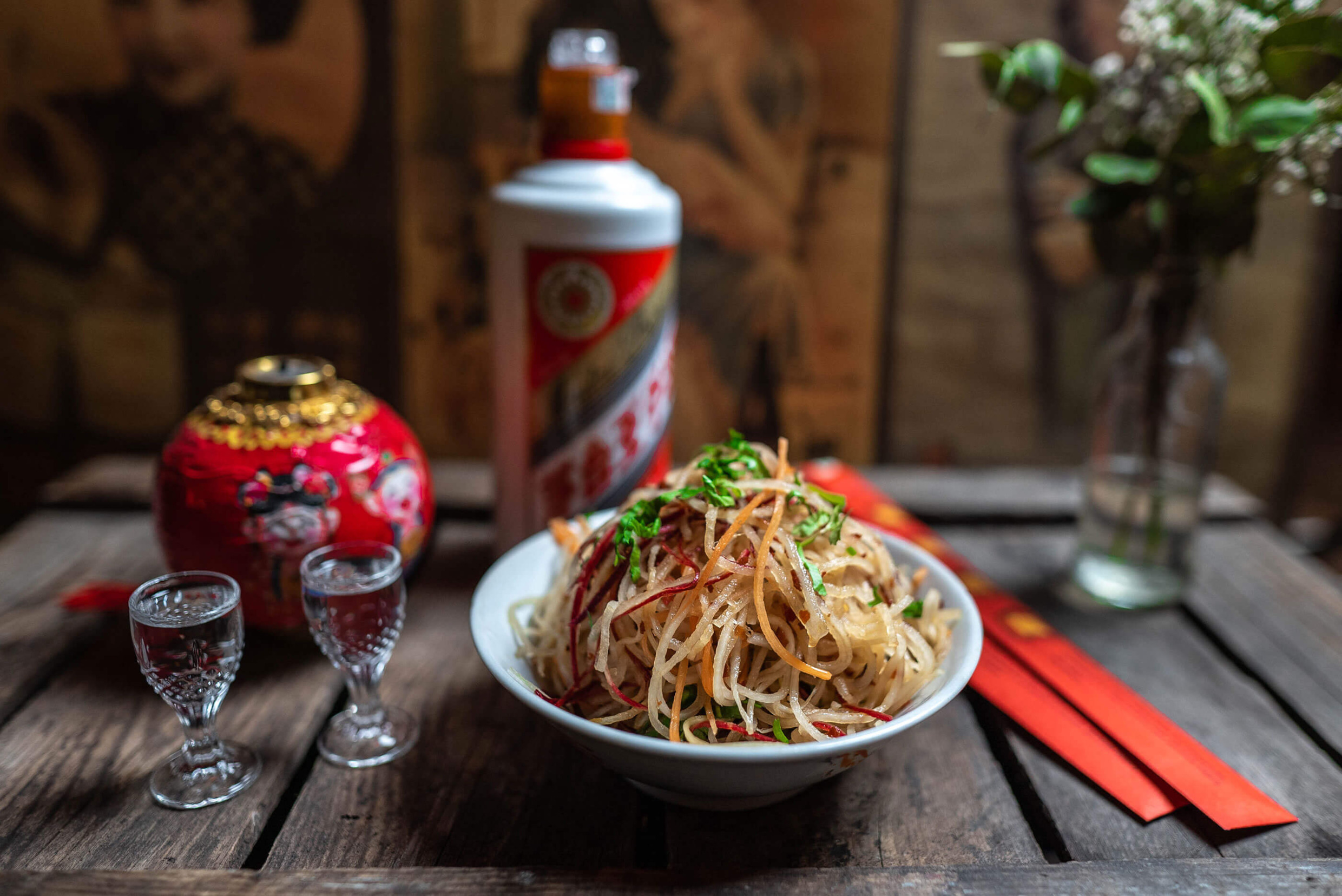Garden blooms and day trips outdoors
Beyond its medieval charm, Visby is also known as ‘the city of roses’, thanks to its lush gardens and the abundance of roses that bloom during the sunny summer months. One of the most popular green spaces is the 2.5-hectare Botanical Garden, established in 1855. Here you'll find a wide variety of rose species, exotic trees and plants that thrive in Gotland’s mild climate. Admission is free, and visitors can also enjoy the herb garden and the peaceful Gazebo Garden.
For a refreshing dip, head to the bathing jetty along the beach promenade in central Visby. Equipped with a wheelchair ramp and bathing ladder, it’s designed to ensure accessibility for all swimmers. There are also several beaches within five kilometres of town.
Thanks to Gotland’s mostly flat terrain and short distances, Visby is an excellent starting point for day trips by bike. Head north to the Lummelunda Cave, about 13 kilometres away, for a guided tour through one of Sweden’s largest limestone caves. If you continue to Lickershamn, 25 kilometres from Visby, you’ll reach a picturesque fishing village known for Jungfrun – the island’s highest ‘rauk’, a striking limestone monolith.
Hiking is another great way to explore the surrounding landscape. A 7-kilometre walk south of Visby takes you to Högklint, where you’ll be rewarded with sweeping views of the town and sea. The trail passes through Södra Hällarna Nature Reserve, a varied landscape of steep cliffs, ivy-covered forest and rocky beaches.
For more outdoor tips around the island, visit our Gotland destination page.

































